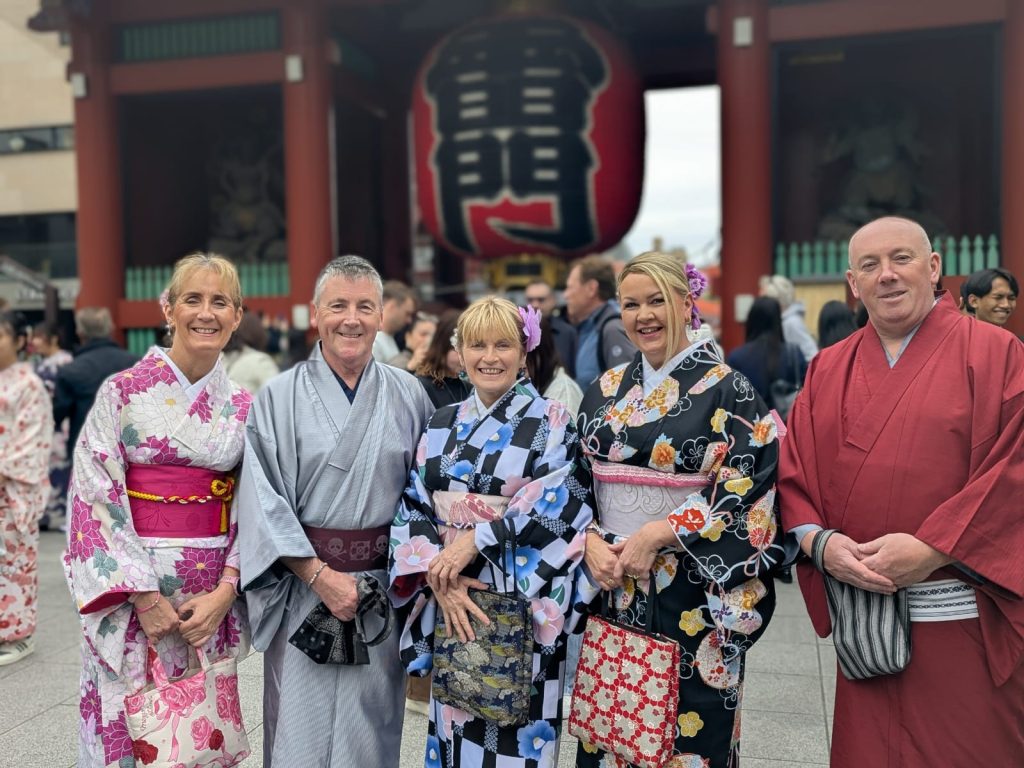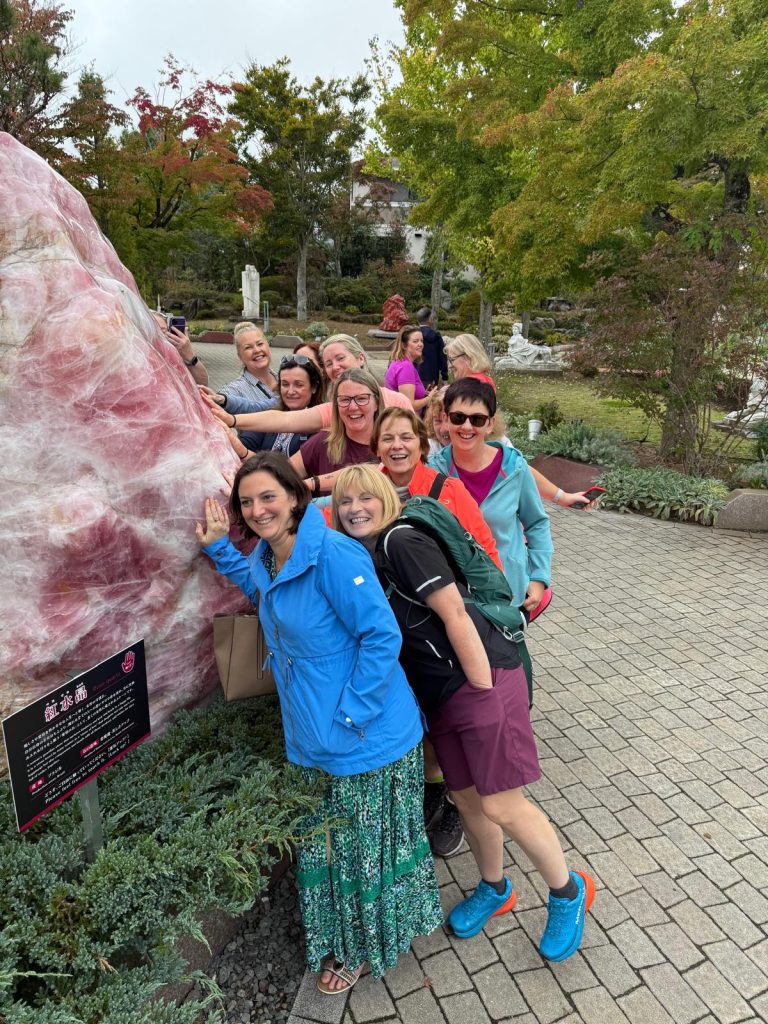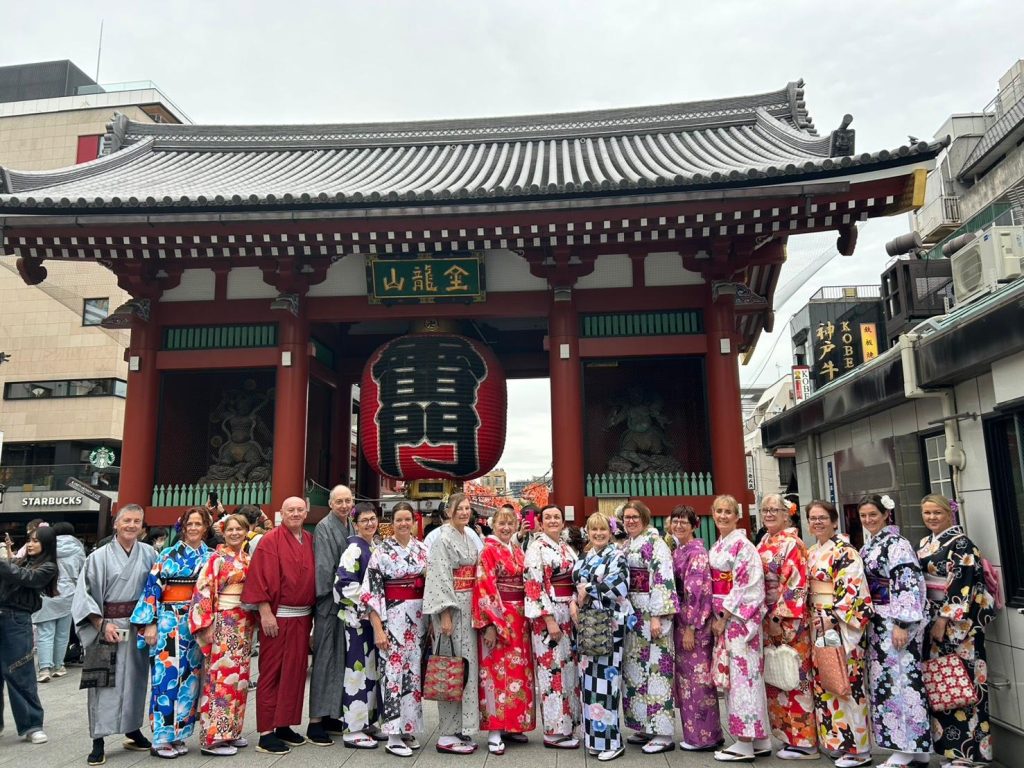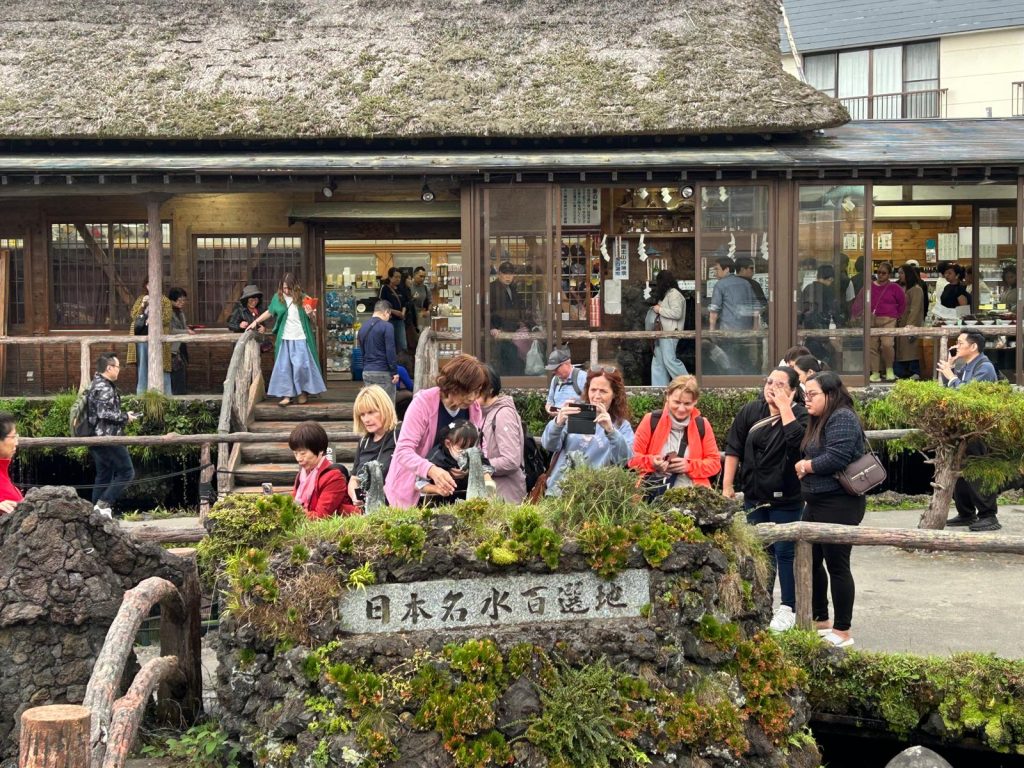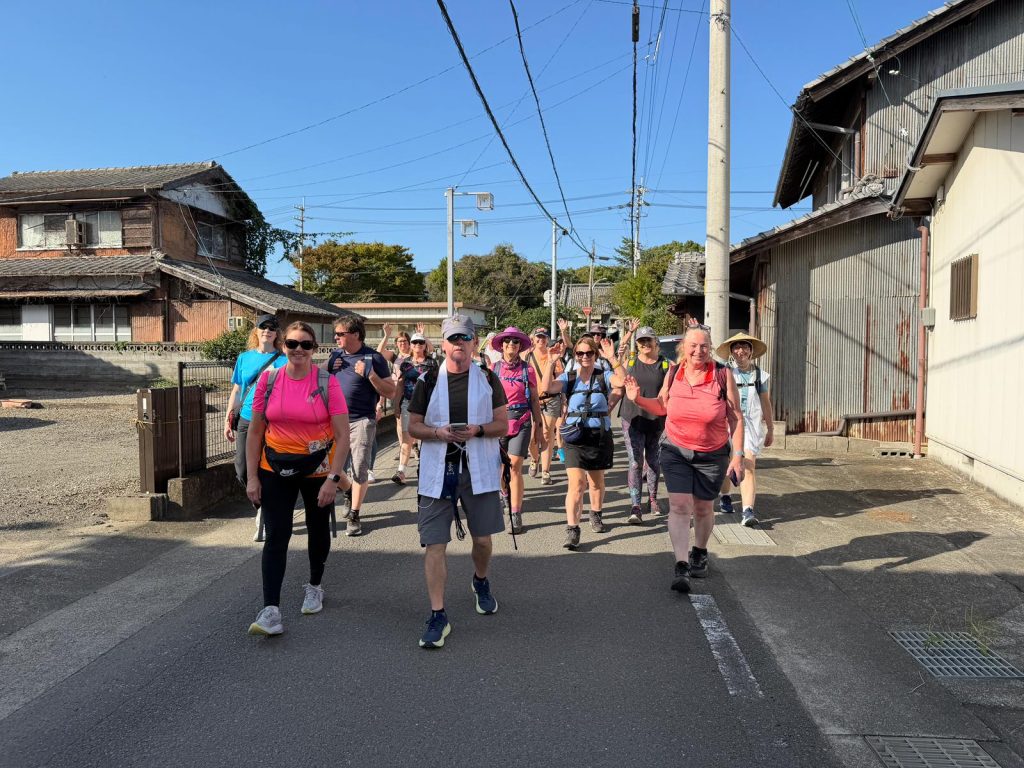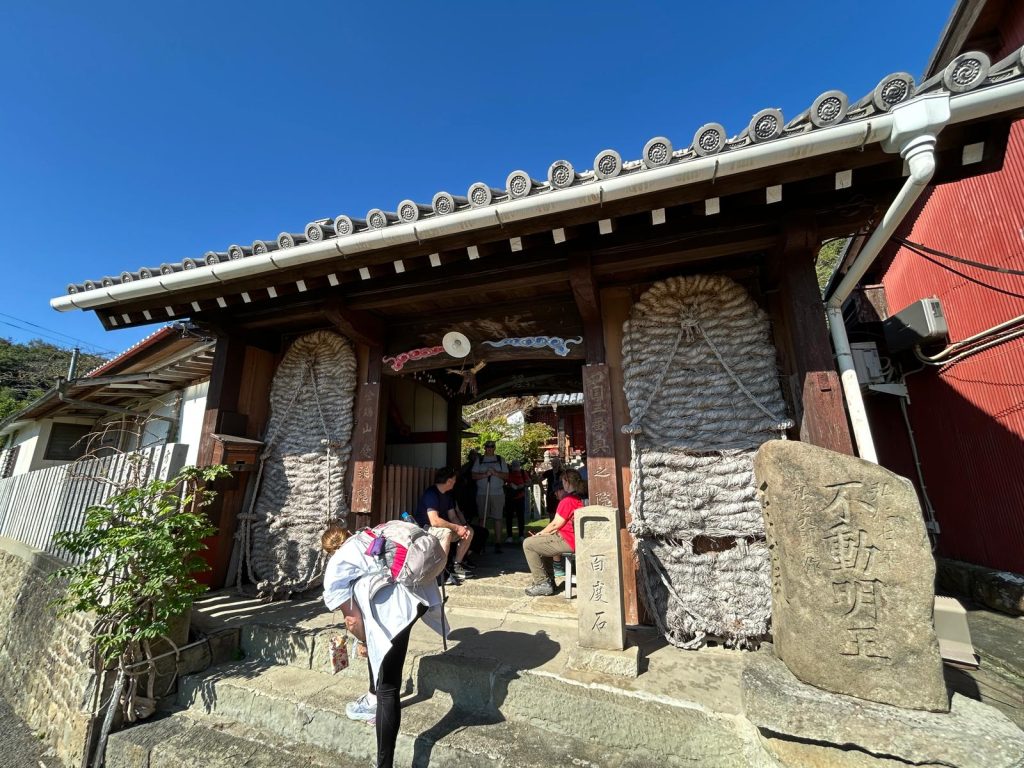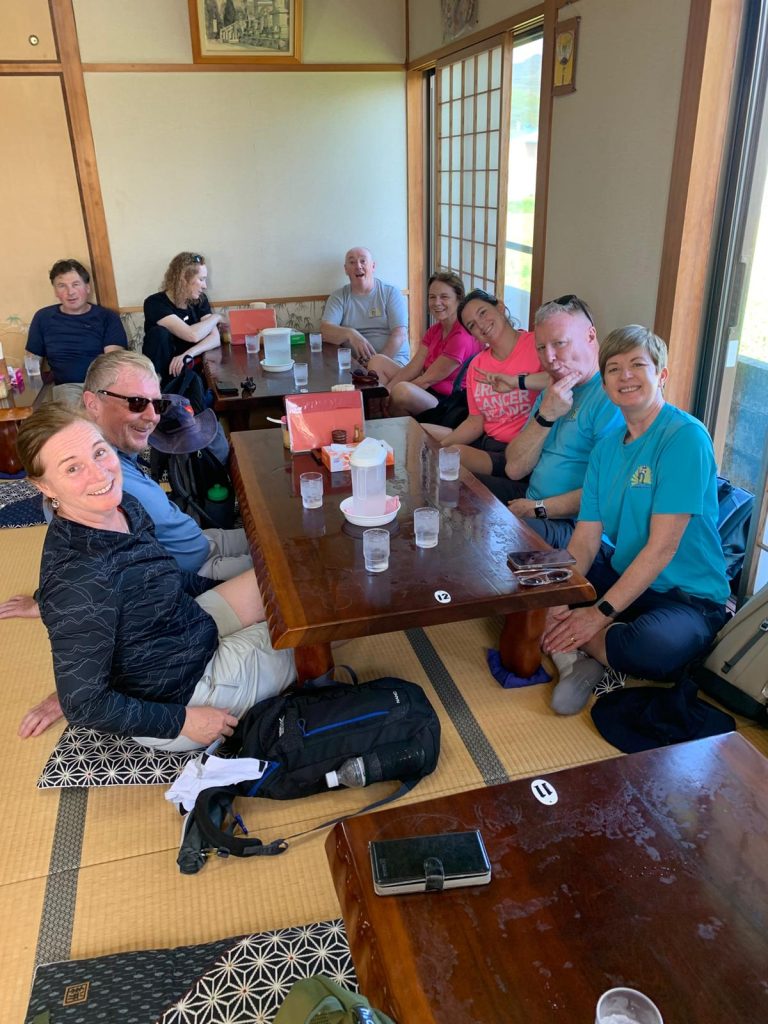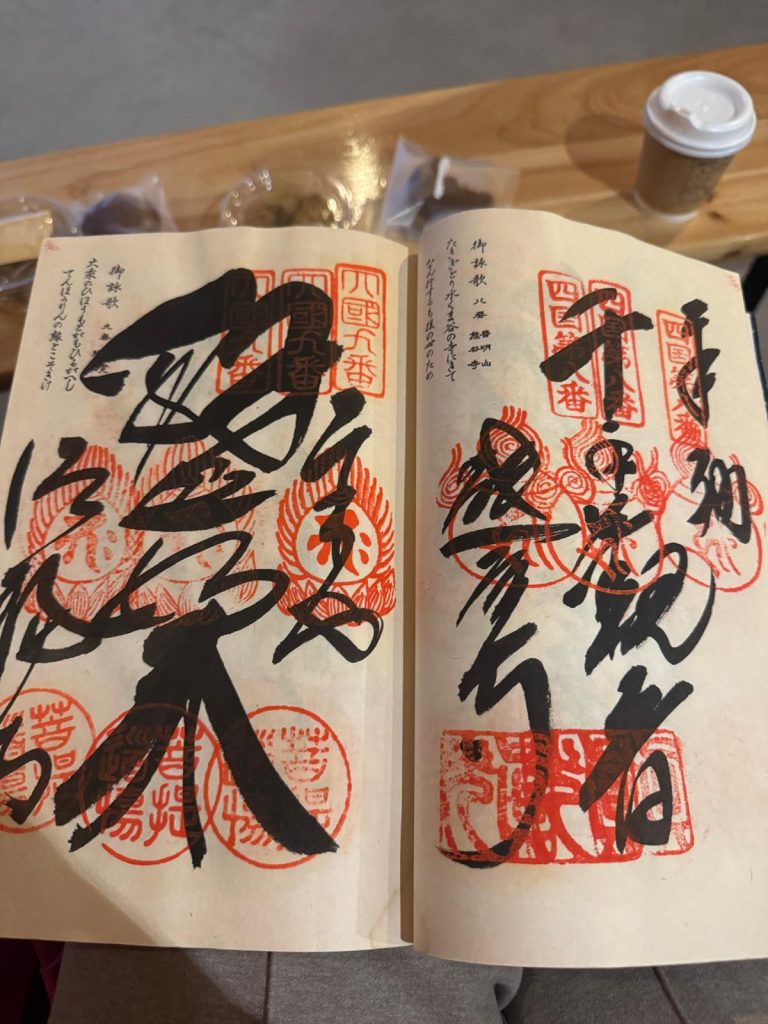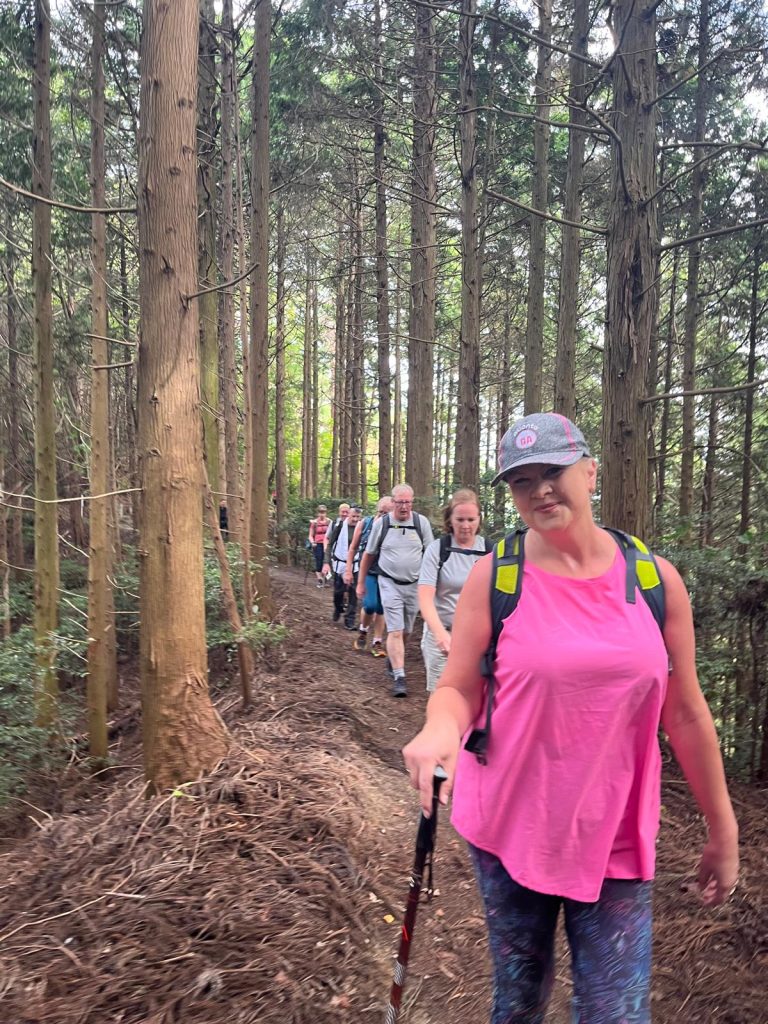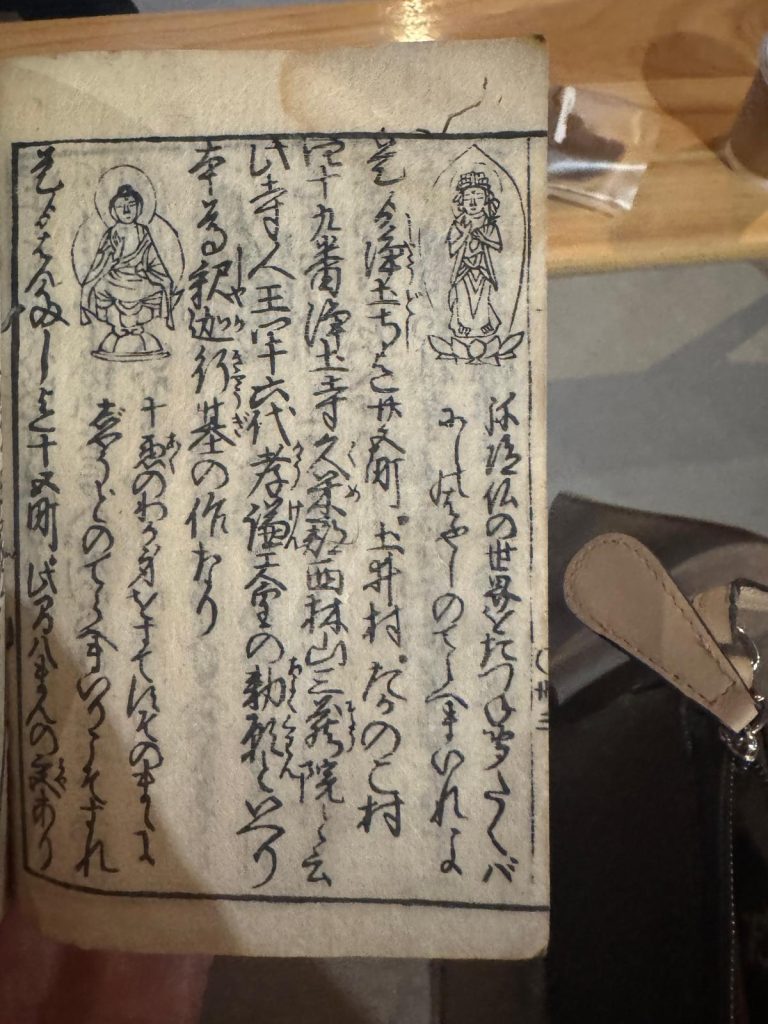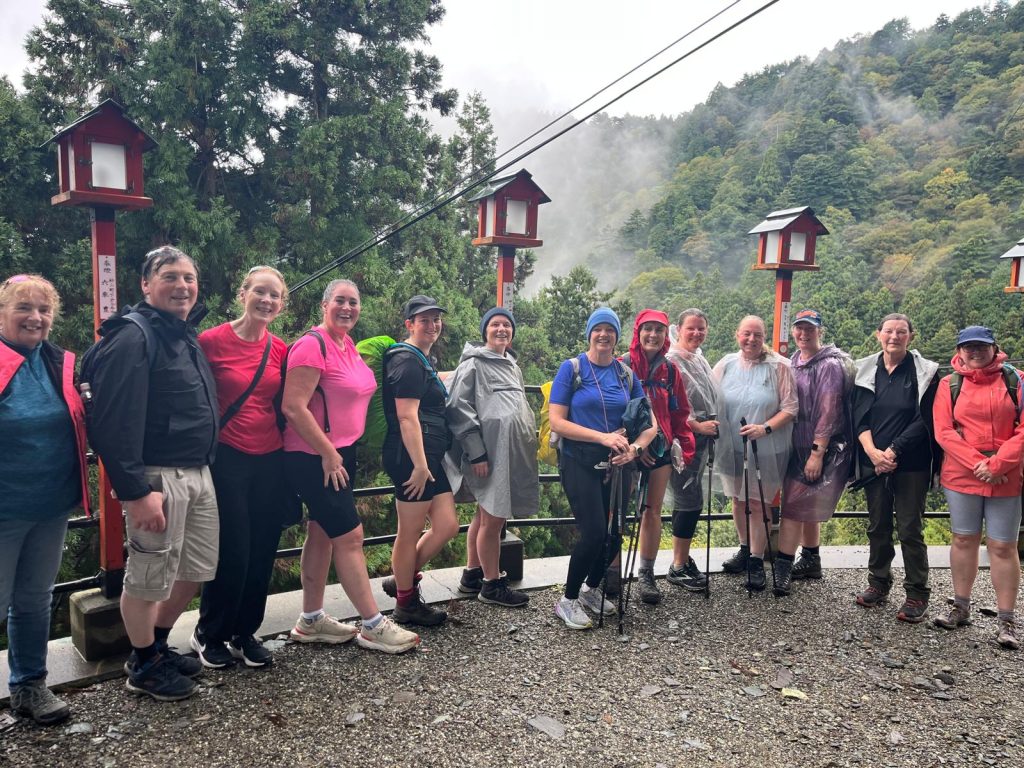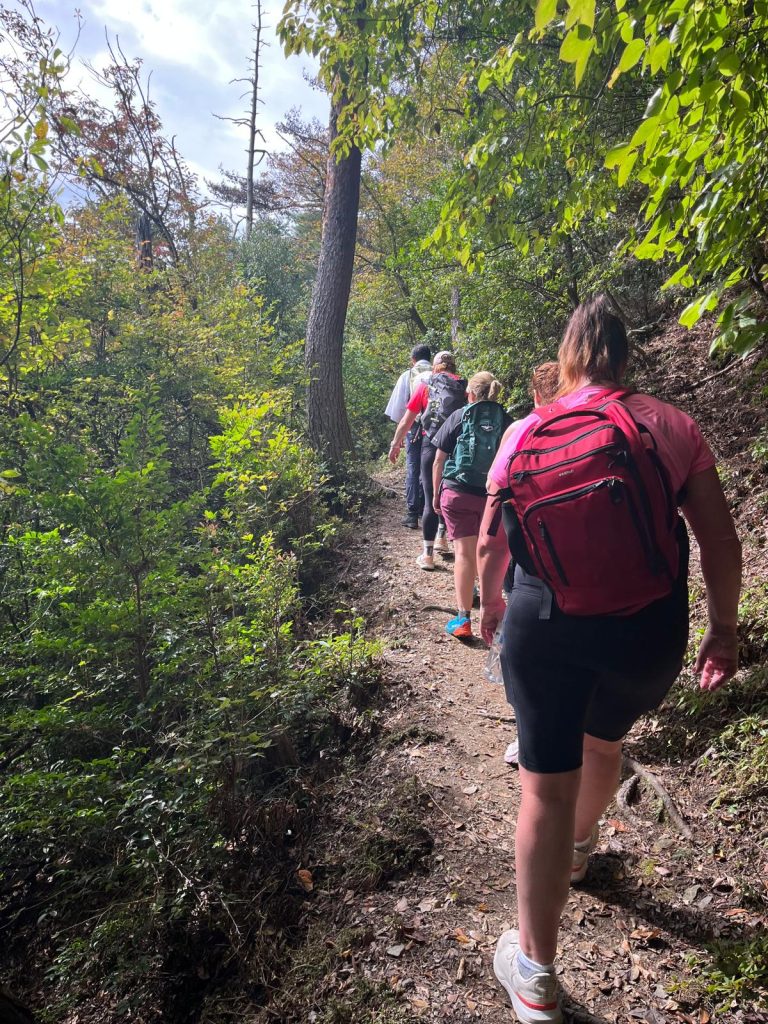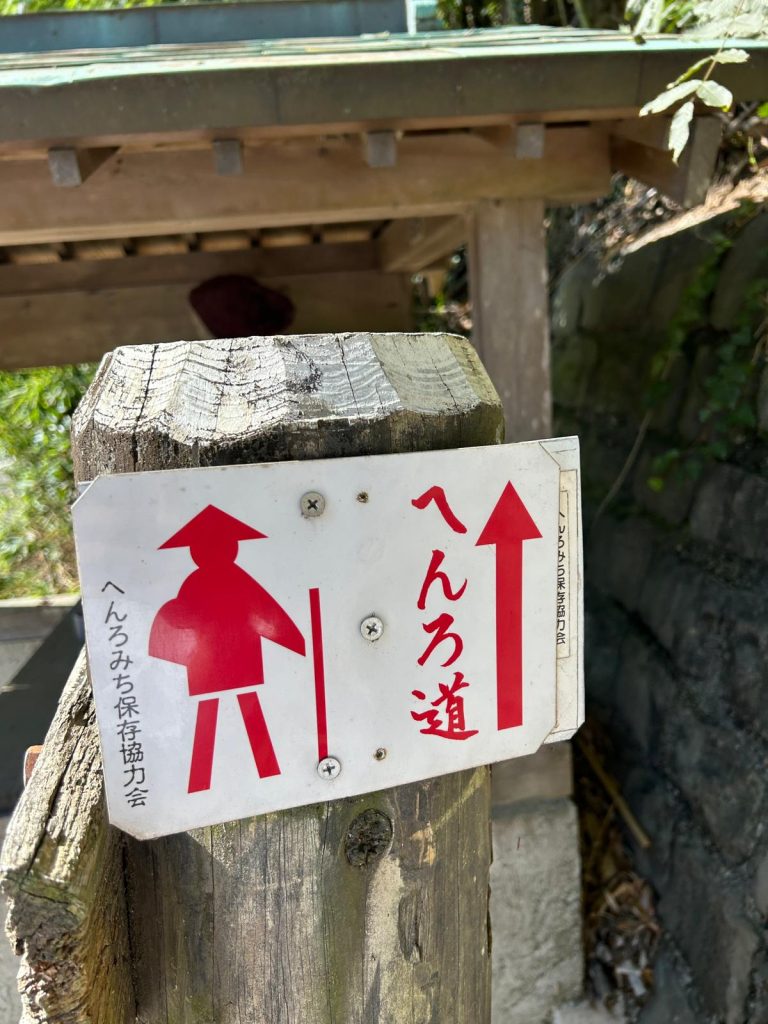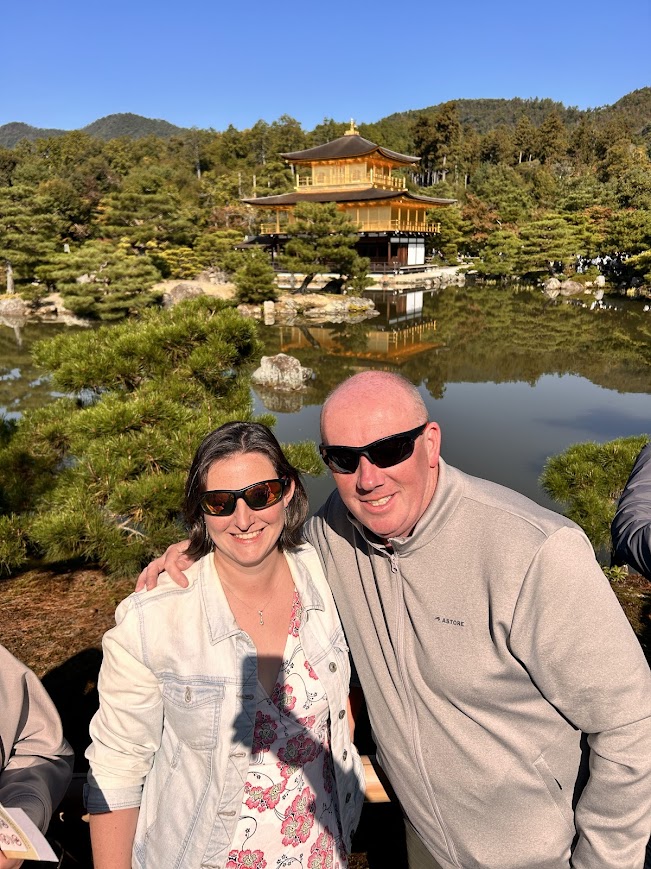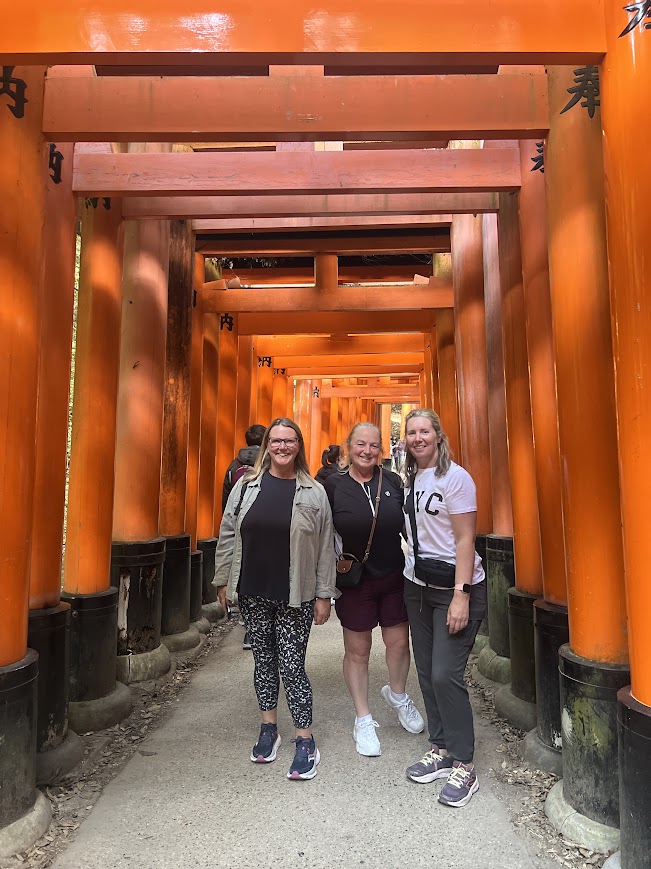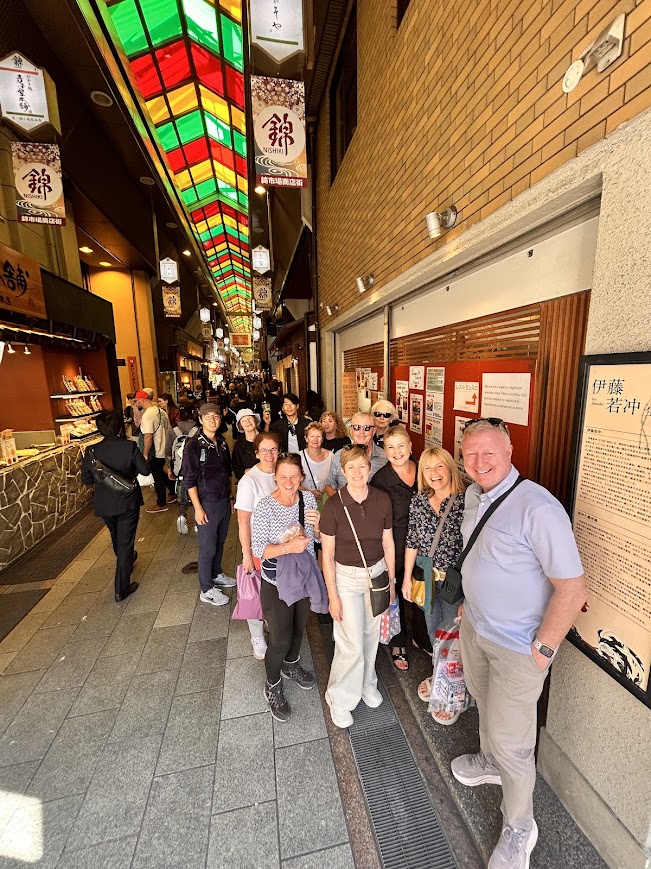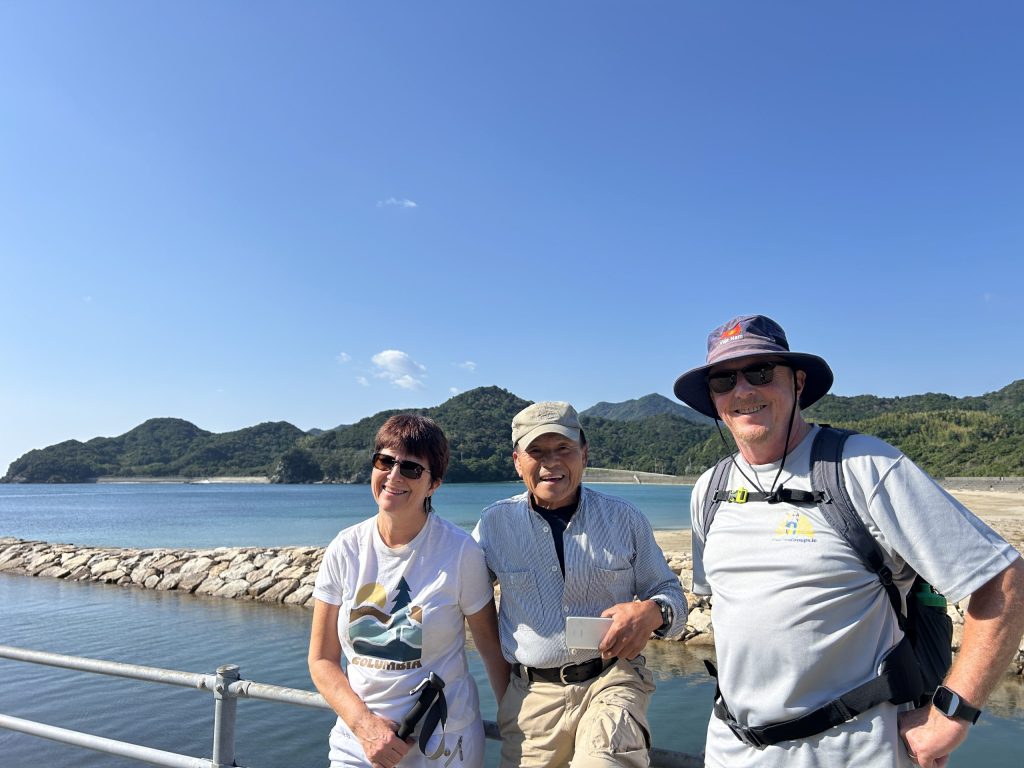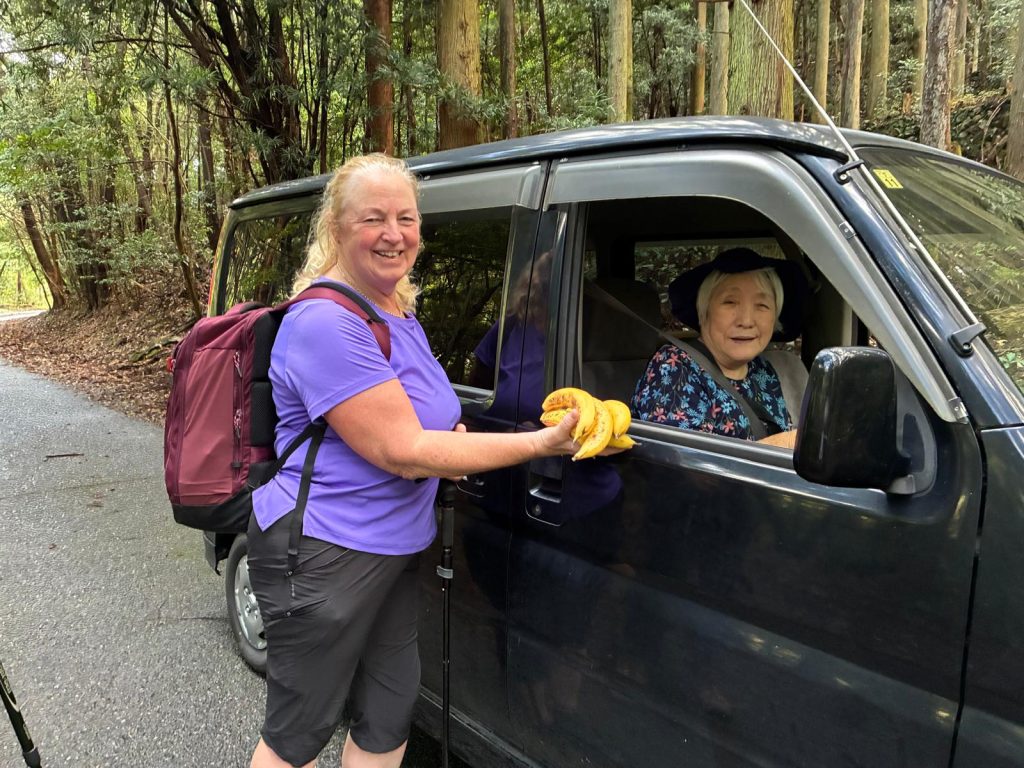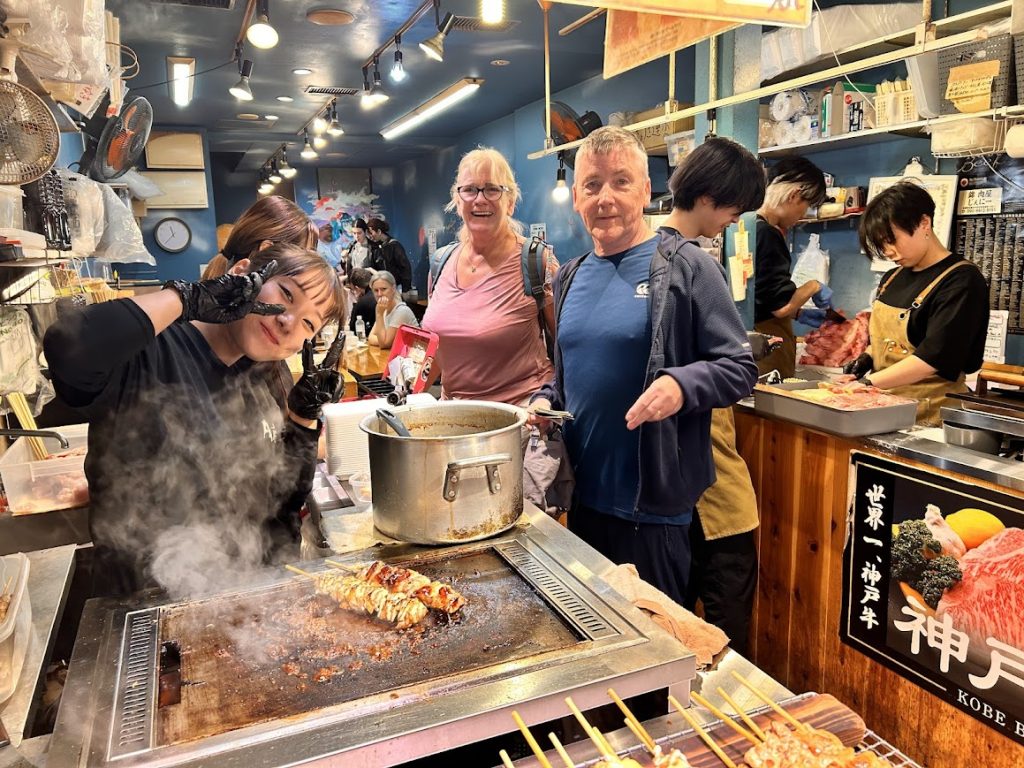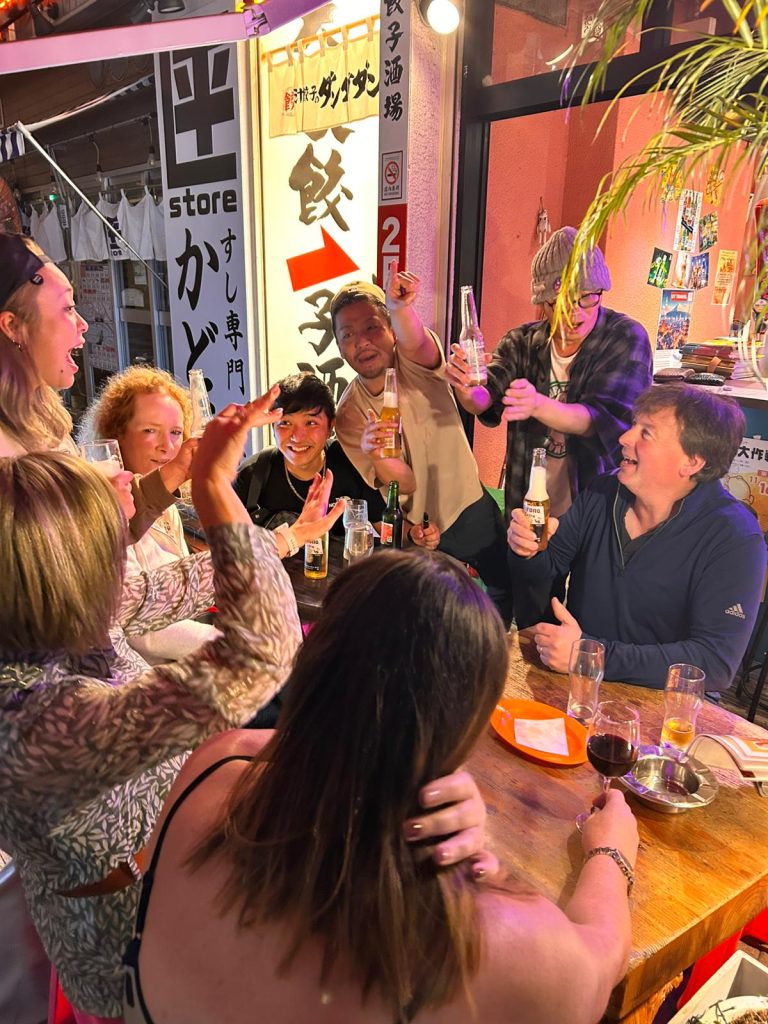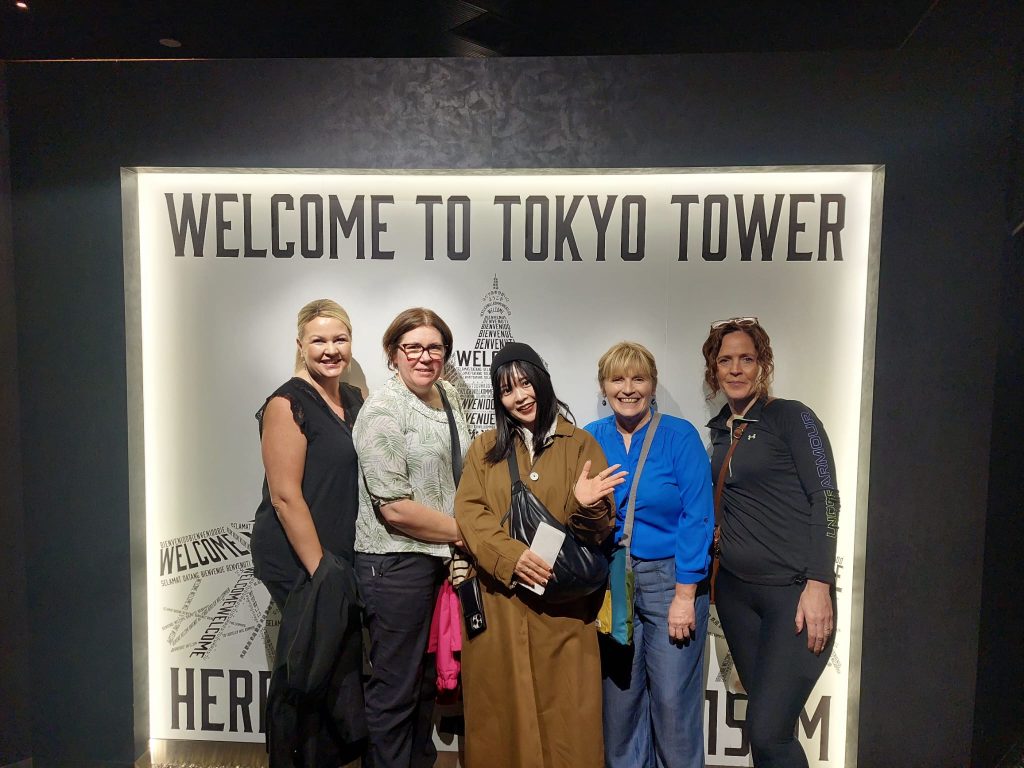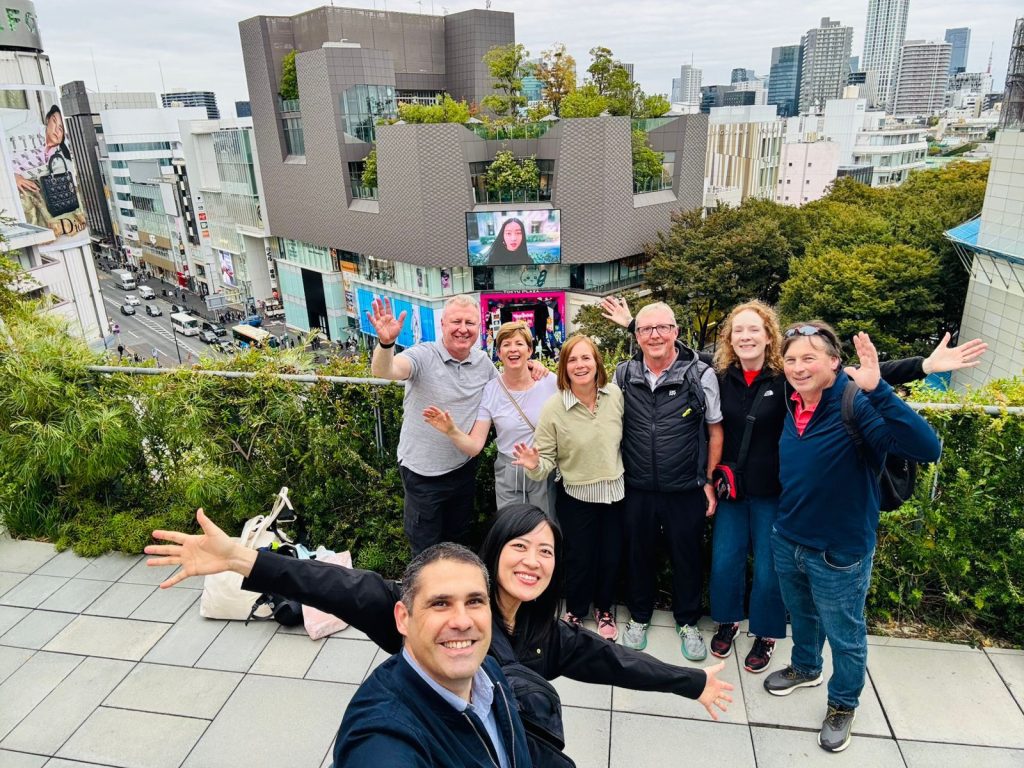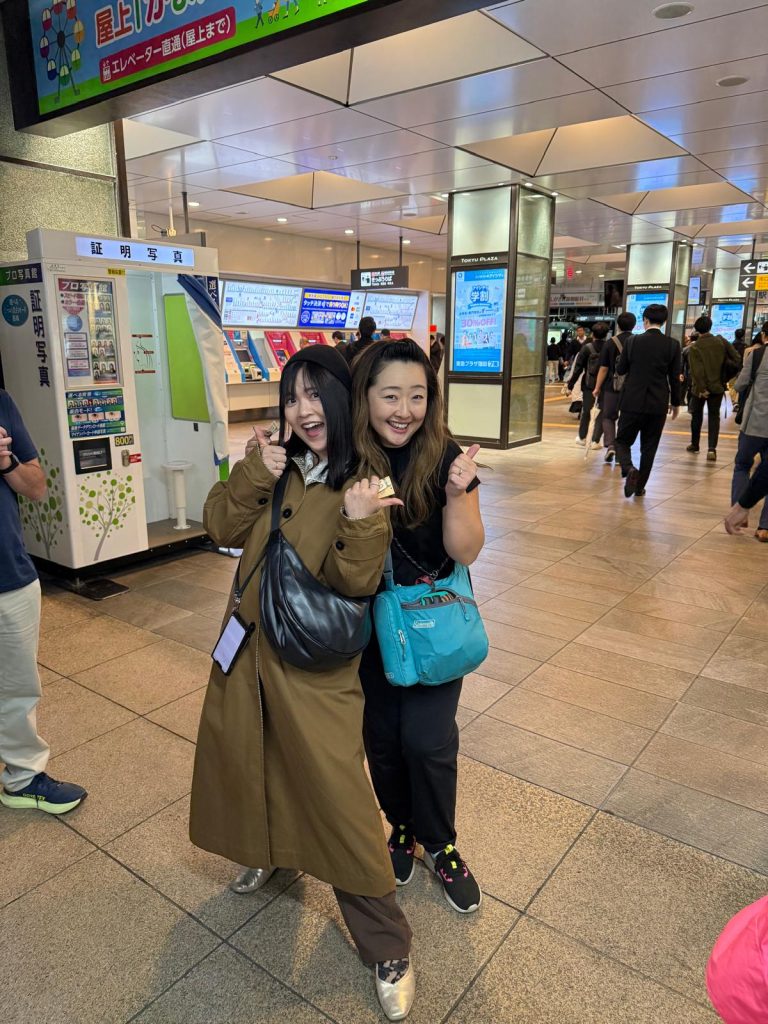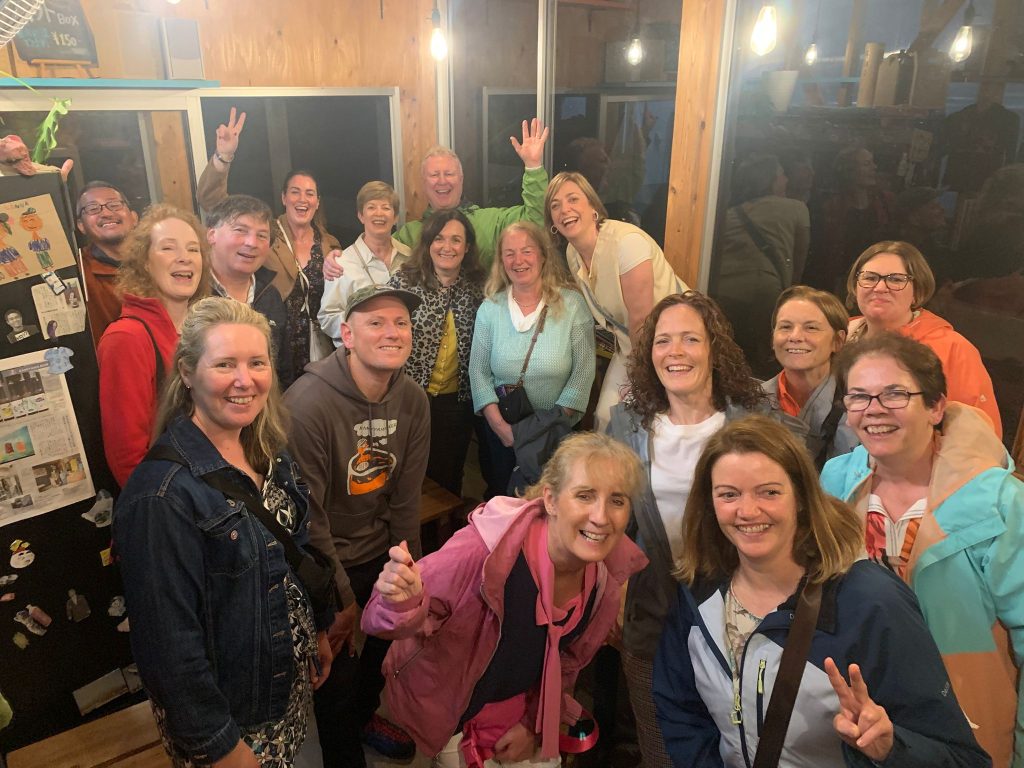From Tokyo to Shikoku: A Pilrgimage Journey with Irish Travelers

Contents
Introduction:A Journey Across Cultures and Landscapes
This two-week tour offered a rare blend of Japan’s vibrant urban life and its deeply spiritual countryside. At its heart was the Shikoku Pilgrimage—known as Ohenro—a sacred Buddhist journey through 15 temples over five days on foot. Before and after the pilgrimage, participants explored Tokyo, Osaka, and Kyoto, experiencing both the modern pulse and ancient traditions of Japan.
What is the Shikoku Pilgrimage?
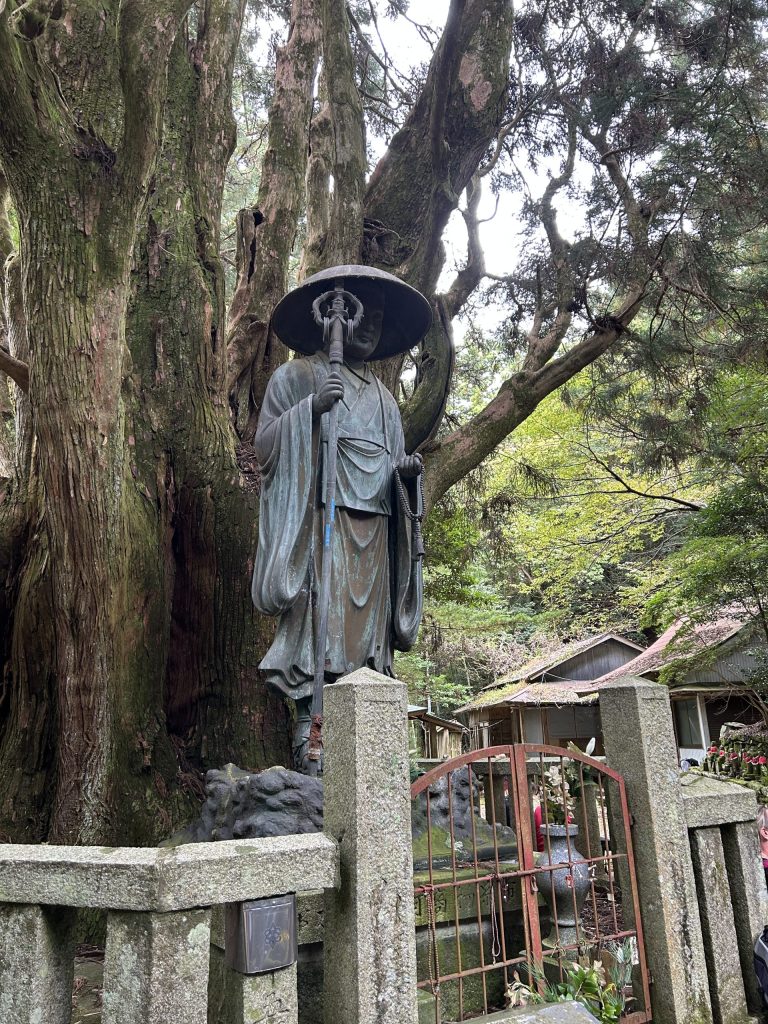
The Shikoku Pilgrimage is one of only two World Heritage-recognized pilgrimage routes in the world, alongside Spain’s Camino de Santiago. It traces the footsteps of Kūkai, a revered Buddhist monk from over a thousand years ago, connecting 88 temples across the island of Shikoku. This centuries-old tradition continues to offer spiritual reflection and cultural depth to those who walk its path.
Our Guests: Pilgrims from Ireland
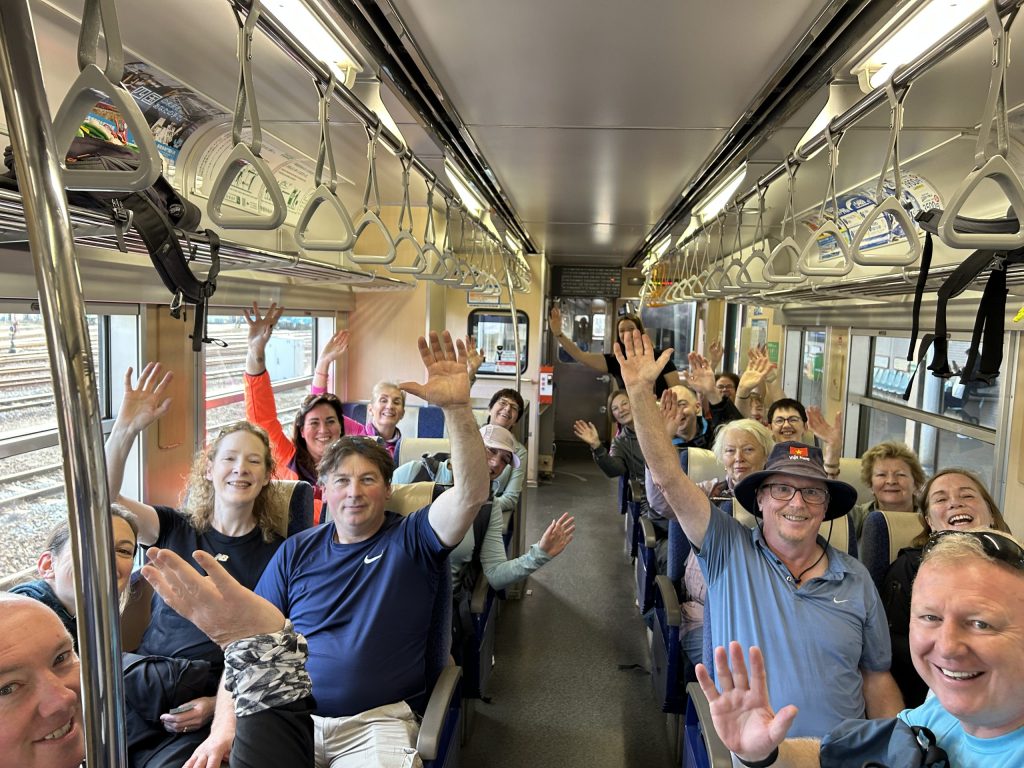
Joining this journey were 29 spirited Irish pilgrims, many of whom regularly walk the Camino. Their stamina was impressive—they moved swiftly and with purpose. For most, this was their first time in Japan, and they embraced both the urban sightseeing and the rural pilgrimage with enthusiasm. The tour was filled with laughter, jokes, and nightly toasts, making for a truly joyful group.
Why This Tour Stands Out
This tour was designed to showcase the contrasts and connections within Japan: the dazzling energy of its cities and the quiet depth of its countryside. Guests encountered cutting-edge technology in Tokyo, heartfelt hospitality in Shikoku, and spiritual insight through the act of walking. The pilgrimage was not just a hike—it was a journey of introspection, guided by experts and enriched by encounters with locals. From mountain passes to coastal villages, each day brought new landscapes and reflections
The Journey: From Tokyo to Shikoku and Beyond
Days 1–3: Tokyo – The Gateway to Japan
The tour began in Tokyo, where guests reunited at the hotel and enjoyed a lively welcome party. Many were familiar faces, sharing hugs and laughter after long-awaited reunions.
Sightseeing included a day trip to the foothills of Mt. Fuji—though the mountain itself was hidden by clouds, the lakeside lunch and stroll through Oshino Hakkai offered serene views. In Tokyo, guests explored iconic spots like Shibuya Crossing, Senso-ji Temple, and Tokyo Tower. A kimono experience added a cultural touch, giving everyone a taste of Japan’s blend of tradition and modernity.
Days 4–9: Shikoku – The Heart of the Pilgrimage
From Tokyo, the group flew to Tokushima to begin the Shikoku Pilgrimage. Professor Morton, a specialist in Buddhist history, gave an insightful lecture with rare texts and stories that deepened our understanding of Ohenro. At Temple No. 1, guests purchased walking sticks and stamp books (goshuin-chō)—a perfect keepsake to record each temple visit.
The walking route covered 15 temples over five days, averaging 18 km per day. The scenery shifted from urban temples to rice fields, mountain trails, riverside villages, and coastal towns. Each temple offered a unique atmosphere—some guests lit incense, others prayed, and many collected stamps at their own pace.
The most challenging day was the trek to Temple No. 12, a steep mountain path known as one of the pilgrimage’s toughest segments. The 6-hour hike through quiet forests tested endurance, but Irish humor and camaraderie lightened the mood. Mist and light rain near the summit added a mystical touch, and the group arrived ahead of schedule—a testament to their Camino-honed strength.
Fatigue built up over the days, but the final arrival at Temple No. 23 was a moment of shared triumph. Guests congratulated and thanked one another, transcending cultural boundaries with heartfelt gestures. As a guide, I was overwhelmed with gratitude and pride seeing everyone complete the journey safely.
One of the pilgrimage’s most touching aspects was the kindness of locals. Through the tradition of osettai, residents offered snacks, directions, and encouragement. Guests received fruit, charms, and warm smiles—moments that revealed the soul of Shikoku and the spirit of Ohenro.
Days 10–13: Osaka and Kyoto – A Cultural Farewell
After the pilgrimage, we traveled to Osaka, where the buzz of city life returned. Guests compared Tokyo and Osaka’s distinct vibes, shopped in Dotonbori, and sang their hearts out at a karaoke bar.
In Kyoto, we visited Kinkaku-ji (Golden Pavilion) and Fushimi Inari Shrine, learning about Shinto traditions and their interplay with Buddhism. The final leg was a bullet train ride back to Tokyo, where guests departed for their next destinations. Farewells were filled with hugs, gratitude, and promises to meet again.
Reflections: What We Learned Together
Ireland Meets Japan
Though Ireland and Japan lie on opposite sides of the globe, participants found surprising parallels. Japan’s Shinto worldview—polytheistic and rooted in nature—resonated with Ireland’s folklore and fairy traditions. Both cultures value harmony with nature and have seen younger generations drift from traditional beliefs. This tour became a meaningful bridge, offering both guests and locals a chance to reconnect with cultural roots.
Camino vs. Ohenro
While both pilgrimages involve walking and reflection, the Shikoku route leans more toward spiritual discipline. Unlike the Camino, it offers fewer tourist amenities and more moments of quiet contemplation. Encounters with locals—who offer food, guidance, and heartfelt kindness through the tradition of osettai—are a highlight of the journey. For those seeking a deeper, more meditative experience, Shikoku is an ideal path.
Insights from the Guide
As a guide, I was continually uplifted by the Irish guests’ humor and camaraderie. Their jokes lightened the toughest climbs, and their mutual support embodied the spirit of pilgrimage. Their genuine curiosity and respect for Japanese customs reminded me of the beauty in everyday places I’d grown used to. And yes—their love of good drink rivaled even that of Shikoku locals!
Throughout the tour, their frequent expressions of gratitude touched me deeply. This wasn’t just a trip—it was a shared experience of trust, joy, and cultural exchange. I came away with renewed appreciation for Shikoku and the power of walking together.
Finally, I'll share some photos of the warm local people we met.

